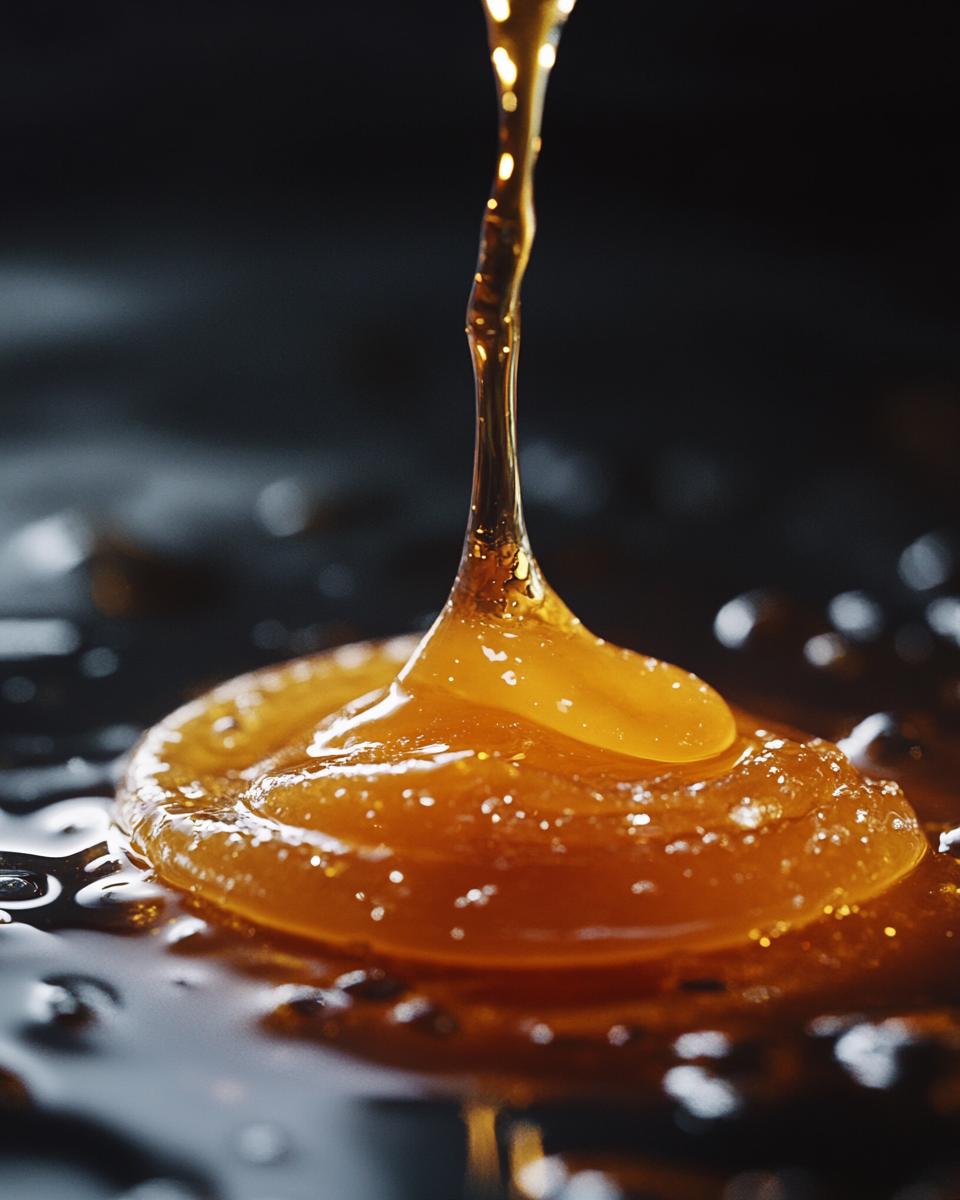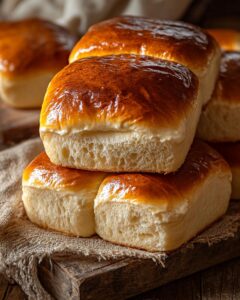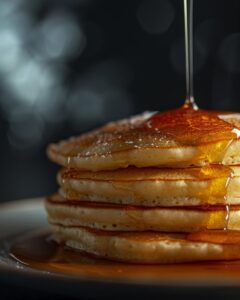Best Sugar Wax Recipe for Silky Smooth Skin at Home
Are you tired of spending money on salon waxing? With our best sugar wax recipe, you can achieve silky smooth skin right at home. This natural and cost-effective method not only saves you money but also ensures you know exactly what ingredients you’re using on your skin.
In this recipe:
- Simple, natural ingredients
- Step-by-step instructions
- Pro tips for best results
- FAQs for common concerns
Imagine having flawlessly smooth skin without the hassle of frequent salon visits. Our sugar wax recipe is perfect for anyone looking to make their own wax at home. Using common household ingredients like sugar, water, and lemon juice, you’ll be amazed at how easy it is!
If you love DIY beauty treatments, check out our Whipped Sugar Scrub Recipe for another way to achieve silky smooth skin.
Ready to get started? Follow our simple guide to make your own sugar wax and enjoy smooth, hair-free skin. Let’s dive into the recipe and tips for the best results.
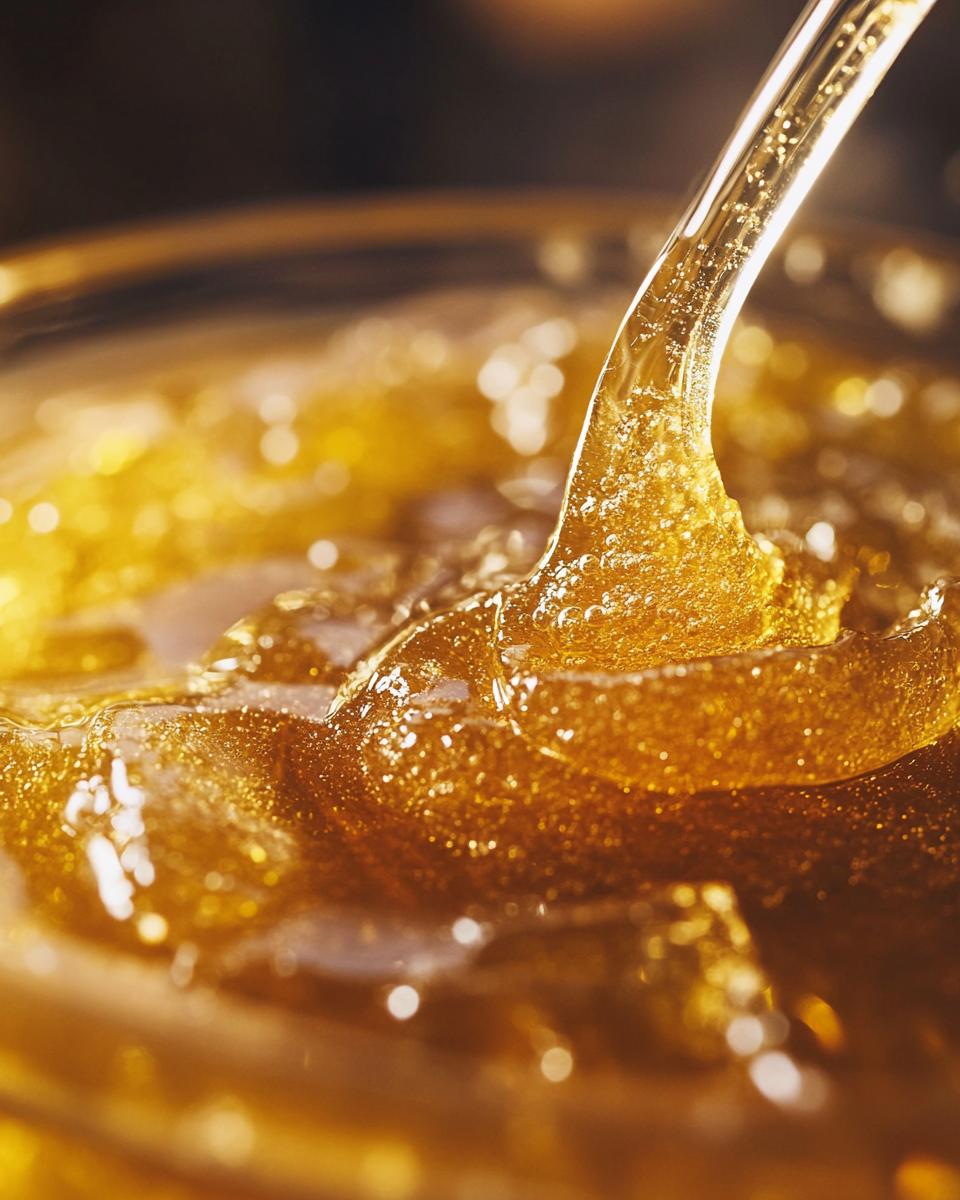
Who Can Make This Recipe, Difficulty Level, What You Need
Are you new to DIY beauty treatments? This easy sugar wax recipe is perfect for beginners and those who want to try making sugar wax at home. Even if you’ve never made a beauty product before, this simple and straightforward recipe is designed with you in mind.
The sugar wax method for beginners requires minimal ingredients and steps, making it accessible for anyone. With just a few household items, you can create your own DIY sugar wax and enjoy salon-quality results from the comfort of your home. Let’s break down what you need and the difficulty level.
Difficulty Level: Easy
This recipe is designed to be easy and beginner-friendly. The steps are simple and clear, ensuring you can follow along without any hiccups. Here’s what you’ll need:
- A medium-sized saucepan
- A wooden spoon or silicone spatula
- A suitable container for storing the wax
You can easily find all the ingredients at your local grocery store or online. The main components include granulated sugar, water, lemon juice, honey, and cornstarch. If you’re interested in adding a personal touch, consider incorporating essential oils for a pleasant scent.
By following this sugar wax for beginners recipe, you can achieve smooth, hair-free skin without the hassle of frequent salon visits. For more tips and a detailed guide on making sugar wax at home, check out this comprehensive article on sugar wax.
Once you try this recipe, you’ll see how simple and effective it is. So gather your ingredients, grab your tools, and get ready to enjoy the benefits of homemade sugar wax. Not only will you save money, but you’ll also have the satisfaction of knowing exactly what you’re putting on your skin.
The Ingredients Needed to Make Sugar Wax
Now that we’ve discussed the minimal equipment required, let’s move on to the star of the show: the ingredients. Choosing the right ingredients is crucial for making the perfect sugar wax. Each ingredient plays a vital role in achieving the ideal consistency and effectiveness for hair removal.
Your Essential Ingredients
Here’s what you’ll need to get started:
- 1 cup granulated sugar: This is the main ingredient and provides the base for your wax.
- 1/2 cup water: Helps to dissolve the sugar and achieve the right consistency.
- 1/4 cup lemon juice: Acts as a natural preservative and helps to break down the sugar.
These ingredients are easy to find and likely already in your kitchen, making this recipe accessible to everyone. If you prefer to make sugar wax without lemon, you can substitute it with white vinegar. Some folks even experiment with brown sugar for a different texture and color.
Have you ever considered adding honey to your sugar wax? Creating sugar wax with honey can make the mixture even more soothing for the skin. And remember, all these variations still follow the basic principle of combining sugar, a liquid, and an acidic component.
So, grab these ingredients, and let’s move on to the next steps of making your own sugar wax. You’ll be amazed at how simple and effective this process can be!
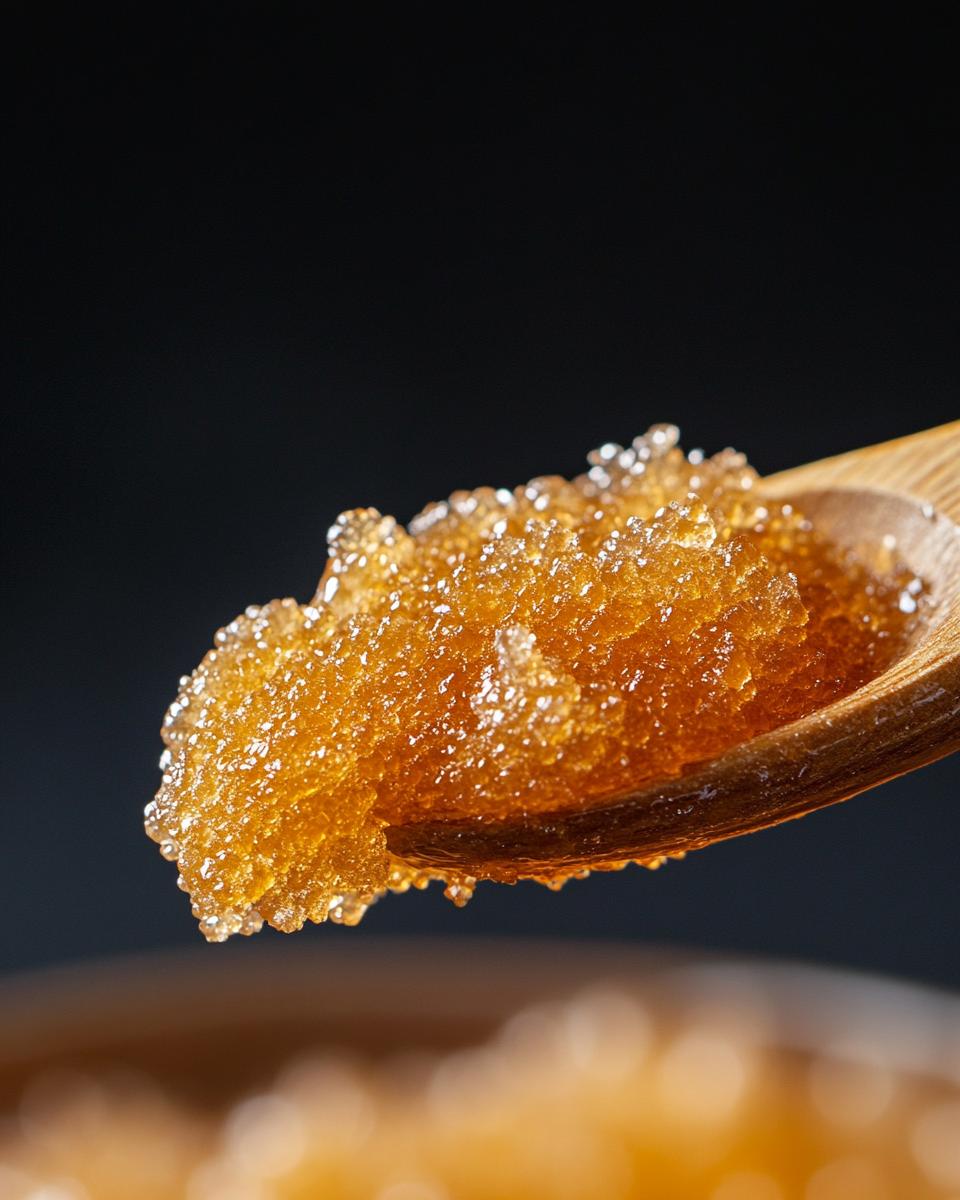
Step-by-Step Guide on How to Make Sugar Wax
Now that we’ve gathered all the ingredients, let’s move on to the exciting part: how to make sugar wax. Follow these detailed sugar wax instructions to ensure the best results for your DIY sugar wax:
1. Combine Sugar, Water, and Lemon Juice
Start by placing 1 cup of granulated sugar, 1/2 cup of water, and 1/4 cup of lemon juice into a medium saucepan. Stir the mixture until the sugar is completely dissolved. This step is crucial for achieving a smooth consistency, so don’t rush it.
Are you thinking about a recipe for sugar wax without lemon? Simply replace the lemon juice with an additional 1/4 cup of water and a pinch of citric acid if desired.
2. Add Honey and Cornstarch
Once the sugar is dissolved, add 1/4 cup of honey and 1/4 cup of cornstarch to the saucepan. Stir the mixture until it’s smooth and free of lumps. This combination helps to create a flexible and effective sugar wax.
3. Bring the Mixture to a Boil
Set your stove to medium heat and bring the mixture to a boil. Stir constantly to prevent burning. Once boiling, reduce the heat to low and let it simmer for about 5 minutes. You’ll notice the mixture thickening and becoming syrupy.
For those wondering how to make sugar wax in a microwave without lemon, you can follow these same steps by using a microwave-safe bowl and heating the mixture in short intervals, stirring frequently.
After simmering, remove the saucepan from the heat and let the mixture cool for 10-15 minutes. The consistency should be thick and spreadable. If it’s too runny, you can simmer it a bit longer. If too thick, add a teaspoon of water and stir it in.
That’s it! You’ve just made your own sugar wax. Store it in an airtight container, and it’s ready for use whenever you need a smooth, hair-free experience. Happy waxing!
Serving and Storing Ideas and Tips
Now that you’ve mastered the steps on how to make this simple sugar wax, let’s delve into the best ways to serve and store it. This recipe is accessible for all levels and requires minimal cooking knowledge or experience, making it perfect for anyone looking to try DIY waxing at home.
Storing Your Sugar Wax
After your sugar wax has cooled, you’ll want to store it properly to maintain its effectiveness. Pour the cooled mixture into an airtight container. This will help preserve the sugar wax shelf life, keeping it fresh for up to two weeks. Store the container in the refrigerator to maintain the proper sugar wax temperature. This prevents it from becoming too hard or too runny.
When you’re ready to use it again, simply warm it up. Microwaving sugar wax for about 10-15 seconds should soften it enough to be spreadable. Be cautious not to overheat it, as the proper sugar wax temperature is crucial for effective application. If it’s too hot, let it cool down a bit before applying to avoid burns.
Wondering how to store sugar wax when traveling? You can keep it in a small, travel-friendly container. Just make sure it’s sealed tightly to prevent any leaks.
Have you ever asked yourself how to use sugar wax after storing it? It’s simple! Just warm it to the right temperature and apply it as you did initially. The consistency should be thick and spreadable, making it easy to use.
For those with sensitive skin, always test a small area first. This ensures that the temperature and consistency are just right.
By following these tips, you can ensure your sugar wax stays effective and ready for use whenever you need it. Proper storage not only extends the sugar wax shelf life but also makes your DIY waxing experience smooth and hassle-free.

Pro Tips for the Best Sugar Wax Recipe
- Always use fresh ingredients for the best sugar wax recipe.
- For a smoother mixture, stir constantly while heating.
- Allow the wax to cool before adding essential oils.
- In order to avoid burns, test the wax temperature on your wrist.
- If the wax is too thick, add a few drops of water.
- To prevent lumps, sift the cornstarch before mixing.
- Store the sugar wax in a glass container for longer shelf life.
- For easier application, warm the wax slowly in your hands.
- Always apply the wax in the direction of hair growth.
- Use a wooden spatula to spread the wax evenly.
FAQ – Ingredient Replacement Options and Money-Saving Tips
Substitutes and Alternatives
Q: Can I use anything other than lemon juice in my sugar wax recipe?
A: Yes, you can! If you don’t have lemon juice on hand, vinegar or citric acid can be great substitutes. Both will help achieve the same acidic environment needed to break down the sugar properly. Citric acid is particularly useful for those looking for a more controlled and less fragrant option.
Q: What affordable ingredient alternatives can I use to make a budget-friendly sugar wax?
A: You can replace honey with maple syrup or even skip it altogether for a simpler recipe. Using white vinegar instead of lemon juice is another cost-effective option. These changes won’t compromise the effectiveness of the wax and will help keep your costs down. For more affordable ingredient options, you can check out this 2-ingredient sugar wax recipe.
Q: How can I make sugar wax suitable for sensitive skin?
A: If you have sensitive skin, consider using organic or all-natural ingredients to minimize irritation. Adding a few drops of chamomile or lavender essential oil can also help soothe the skin. Always test a small area first to ensure there’s no adverse reaction.
Sugar Wax Troubleshooting
Q: My sugar wax turned out too hard. What can I do?
A: If your sugar wax becomes too hard, you can soften it by adding a tablespoon of water and reheating it slowly on low heat. Stir continuously until it reaches the desired consistency. This should make it more pliable and easier to use.
Q: Can I make sugar wax without honey?
A: Absolutely! You can make sugar wax using just sugar, water, and lemon juice. The honey is optional and mainly helps with smoothness and moisturizing properties. If you prefer a vegan or simpler option, omitting honey will still give you effective results.
For more troubleshooting tips and detailed guidance on making sugar wax, you might find this article on homemade sugar wax helpful.

